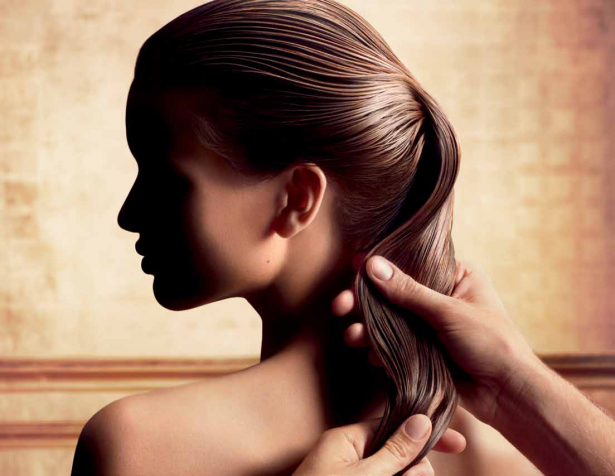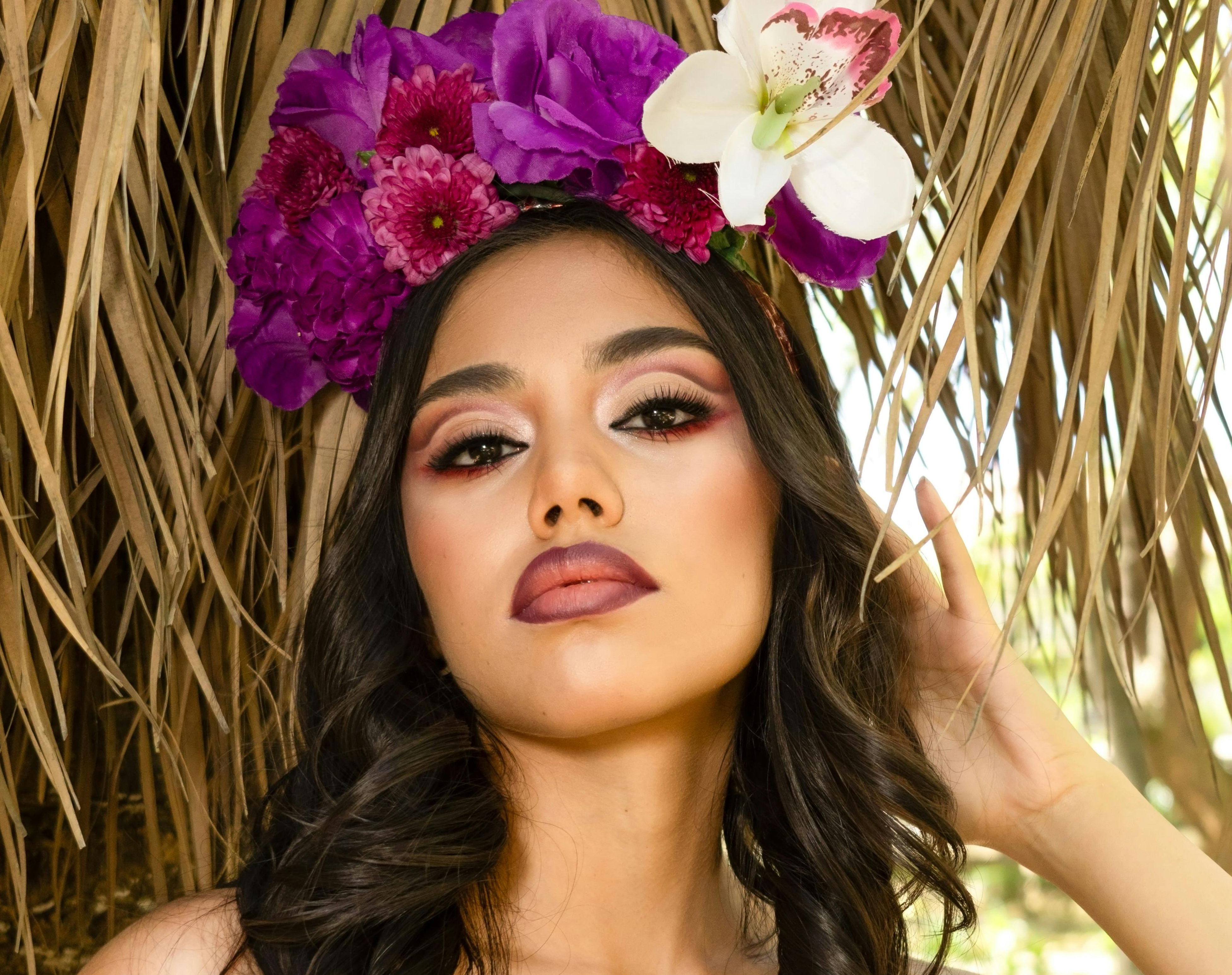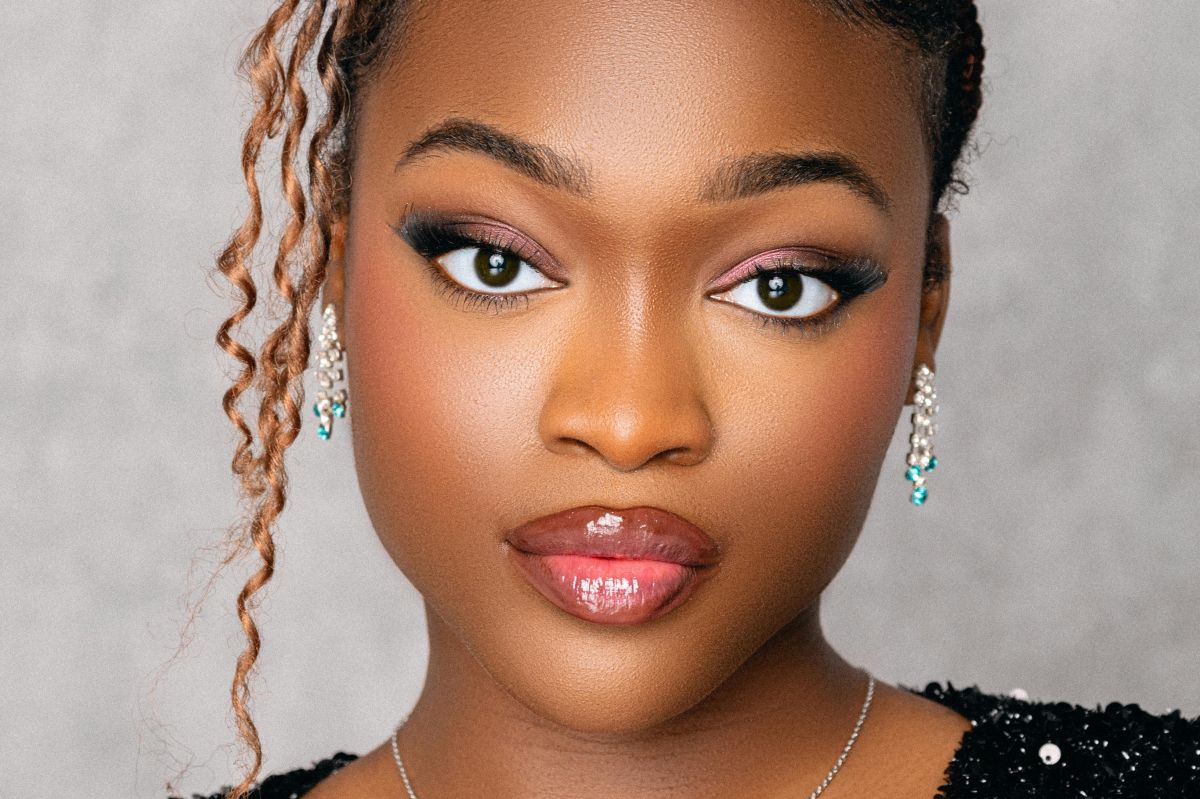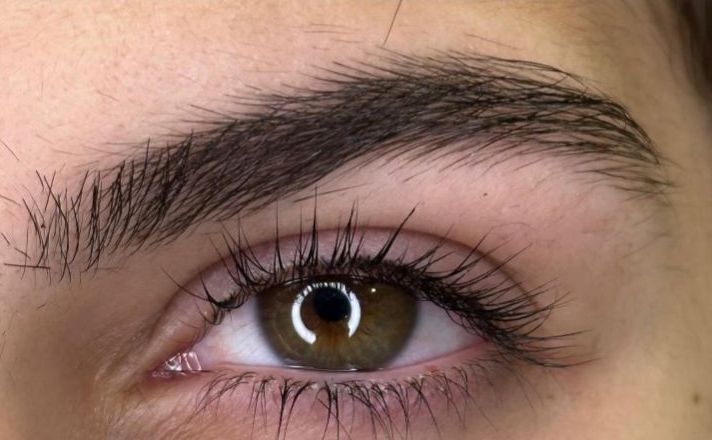Hair oiling has become so popular that there is probably no woman in the world who would not hear about it. There are many myths and even more questions regarding this thousand-year-old beauty procedure. If you are looking for a comprehensive guide on oiling hair – read the following vademecum.
Hair oiling – what is it?
Hair oiling is a beautifying and conditioning treatment that resembles applying hair mask. The only difference is that you are to apply a natural, cold-pressed oil instead.
Hair oiling – benefits
Hair oiling outperforms a drugstore, chemical products that do not give as spectacular effects as natural oils. The treatment has a number of advantages and collects great reviews from women around the world. Its main assets include:
– bulb regeneration and reinforcement
– increased hair growth
– reduced hair loss
– inhibited hair ageing process
– protection against toxins and high temperature
– rebuilding the hair in their inner structures
– quick improvement of the appearance
– proper care and cleansed scalp
When and how often should we apply oil to the hair?
It is best to apply oils to the hair and scalp at least once a week. With very damaged hair, you can even apply oil on a daily basis. Leave it in for 15 minutes up to several hours.
Hair oiling – principles
If you want your hair oiling to bring the best results, you must remember to follow a few simple rules:
– always apply oil to clean hair – if you often use hairsprays, mousses and other styling products, make sure to wash your hair before oiling.
– hair oiling will only make sense if the oils are matched to the porosity of the hair (that is, the type and structure): thick and heavy hair requires a particular set of oils, while other types, such as dry and damaged hair will need a different selection of oils.
– the best type of hair oiling is when you apply oils to the scalp as well, and not only to the hair.
– the most recommended oils for the treatment should be unrefined, natural and rich in trace elements, vitamins, minerals and fatty acids.
– the best means for this procedure are blends of oils or butters. Choose the ones that are SLS, silicone and paraben-free.






